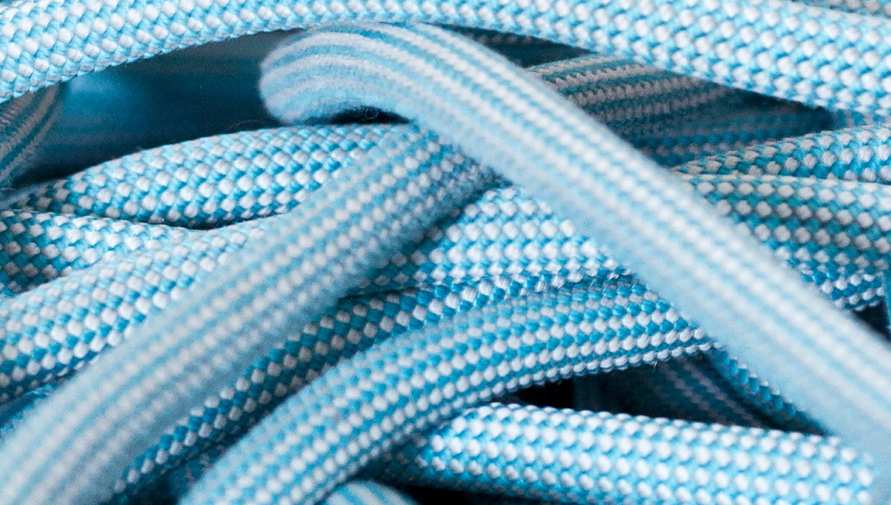
Introduction
Elastomers are amorphous, low or non-crystalline materials of different chemical nature (TPE, Plastomers, SBS, SEBS, TPU, EPR, EPDM, NR, TPV, X-SBR, etc.). Due to their oxygen permeability, elastomers are prone to thermal and UV oxidation that reduces their elastomeric properties with time. As with all plastics, elastomers need to meet increasing sustainability demands meeting circular economy trends, incl. overall recyclability and thermoplastic elastomers with high percentages of recycled material. These sustainability demands are in addition to traditional requirements such as low-temperature performance, wear and tear resistance, abrasion resistance, ozone resistance, soft-touch properties, low-odor, fogging resistance and low VOC emissions.
Recommendation
UniteChem LS 119 is the most universal high-efficiency UV and thermal stabilizer for all types of elastomers (TPE, Plastomers, SBS, SEBS, TPU, EPR, EPDM, NR, TPV, X-SBR, etc.), ensuring long-lasting light and thermal resistance, and where needed also ozone resistance. It is usually combined with UV absorbers such as UniteChem UV 234 or UV 329 for enhanced synergistic performance. Other good cost/performance solutions are UniteChem LS 791, LS 292 as well as other combinations of UV absorbers and HALS. In presence of an acid cross-linking system or with sulfur compounds UniteChem LS 123 is recommended. Where temperature resistance is required, UniteChem AO 1010 is the best thermal stabilizer for elastomers. If processing of thermoplastic elastomers is required, UniteChem AO blends of AO 1010 and AO 168 such as B215 ensure the best protection from oxidation during machine processing.



